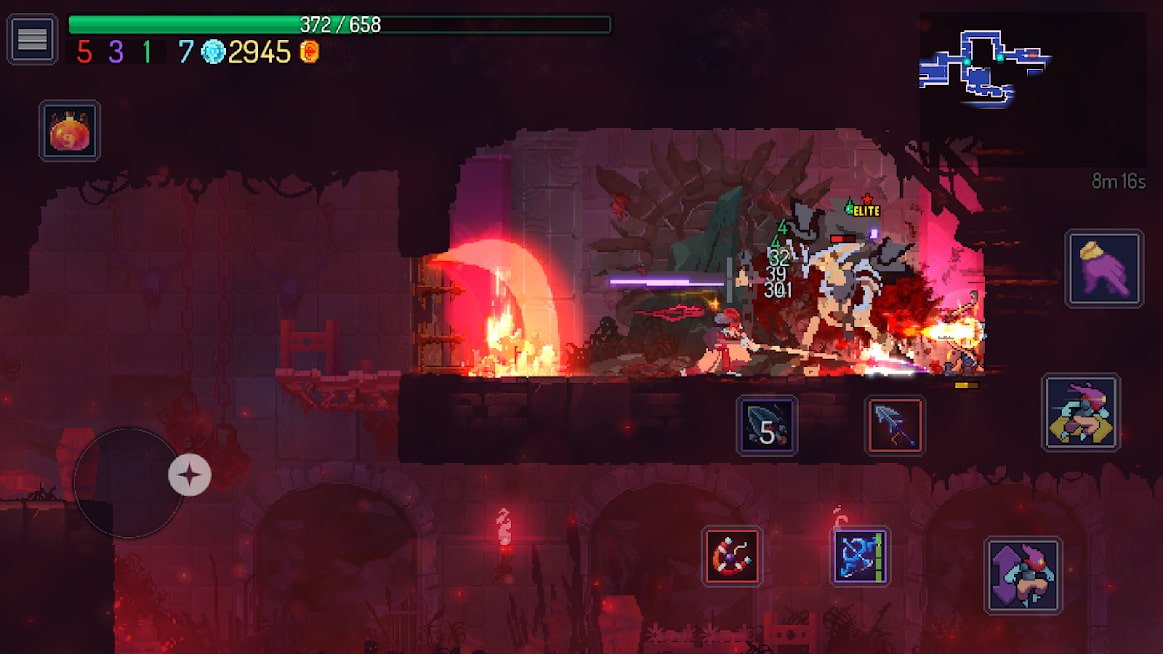

Cytoself outperforms established approaches and can accurately predict protein subcellular localization. Cytoself is a self-supervised deep learning-based approach for profiling and clustering protein localization from fluorescence images. Moreover, to better understand the inner workings of our model, we dissect the emergent features from which our clustering is derived, interpret them in the context of the fluorescence images, and analyze the performance contributions of each component of our approach. We quantitatively validate cytoself’s ability to cluster proteins into organelles and protein complexes, showing that cytoself outperforms previous self-supervised approaches. Training cytoself on images of 1,311 endogenously labeled proteins from the OpenCell database reveals a highly resolved protein localization atlas that recapitulates major scales of cellular organization, from coarse classes, such as nuclear and cytoplasmic, to the subtle localization signatures of individual protein complexes. Cytoself leverages a self-supervised training scheme that does not require preexisting knowledge, categories or annotations. Here we present cytoself, a deep-learning approach for fully self-supervised protein localization profiling and clustering. Classification performance evaluated using F1-score shows that our proposed approach outperforms existing methods on the same datasets.Įxplaining the diversity and complexity of protein localization is essential to fully understand cellular architecture. The method was evaluated on two publicly available datasets of immortalised human T-lymphocyte cells and Red Blood Cells. We also present a minority class focussed sampling strategy, which allows effective representation of minority class samples produced by all three data augmentation techniques and contributes to the classification performance. This study presents an imbalanced blood cells classification method that utilises Wasserstein divergence GAN, mixup and novel nonlinear mixup for data augmentation to achieve oversampling of the minority classes. However, real-world data often suffers from the data imbalance problem, owing to which the trained classifier is biased towards the majority classes and does not perform well on the minority classes. Deep learning and more specifically Convolutional Neural Networks have achieved state-of-the-art performance on various biomedical image classification problems.

Automated classification systems help avoid subjective outcomes and are more efficient. We show a number of pertinent use cases for our tools, including trajectory inference, spatial transcriptomics, and automatic cell classification.ĭue to progression in cell-cycle or duration of storage, classification of morphological changes in human blood cells is important for correct and effective clinical decisions. Then, by back projecting the manifold to the original, high-dimensional space, we sort the original features such that those most discriminative along the manifold are ranked highly. Thus, we present SlowMoMan (SLOW MOtions on MANifolds), a web application which allows the user to draw a 1-dimensional path onto the 2-dimensional embedding. In particular, humans may identify patterns or interesting subsections in the embedding, but cannot easily identify what those patterns correspond to in the original data. However, relating the axes of a nonlinear embedding to the original dimensions is a nontrivial problem. Nonlinear low-dimensional embeddings allow humans to visualize high-dimensional data, as is often seen in bioinformatics, where data sets may have tens of thousands of dimensions.


 0 kommentar(er)
0 kommentar(er)
